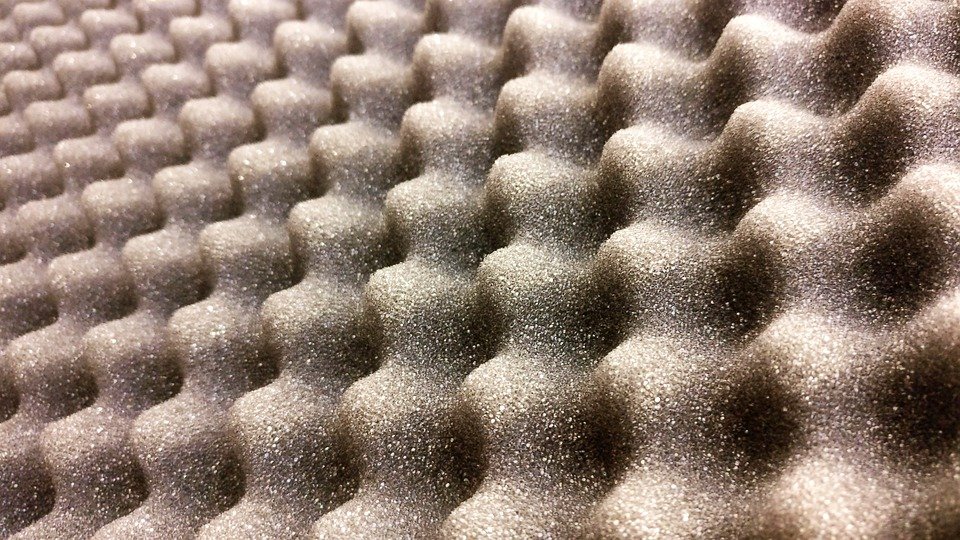
An abscess is a common medical condition that can cause pain, swelling, and discomfort. It is a collection of pus that forms in tissues, organs, or spaces within the body. Abscesses can occur anywhere in the body, but they are most commonly found in the skin, teeth, and gums.
Causes of Abscess

Abscesses are usually caused by bacterial infections. When bacteria enter the body through a cut, wound, or other opening, the immune system responds by sending white blood cells to the area to fight off the infection. As the white blood cells attack the bacteria, they release enzymes that break down tissue and create pus. This pus accumulates in a pocket, forming an abscess.
Other factors that can contribute to the formation of an abscess include poor hygiene, weakened immune system, and chronic medical conditions such as diabetes. In some cases, abscesses can also be caused by foreign objects, such as splinters or surgical implants, that become trapped in the body.

Symptoms of Abscess
The symptoms of an abscess can vary depending on its location and severity. Common signs of an abscess include:

– Redness, swelling, and tenderness in the affected area
– Pus or fluid drainage
– Pain or discomfort
– Fever and chills
– Swollen lymph nodes
In some cases, abscesses can also cause other symptoms such as nausea, vomiting, and fatigue. If an abscess is left untreated, it can lead to complications such as sepsis, a life-threatening infection that spreads throughout the body.
Treatment Options for Abscess
Treatment for an abscess typically involves draining the pus and controlling the infection. Depending on the size and location of the abscess, the following treatment options may be recommended:
– Incision and drainage: A healthcare provider will make a small incision in the abscess to drain the pus. This procedure is usually done under local anesthesia to minimize pain and discomfort.
– Antibiotics: In some cases, antibiotics may be prescribed to help fight off the infection and prevent it from spreading.
– Warm compress: Applying a warm compress to the abscess can help reduce swelling and promote drainage.
– Surgical drainage: If the abscess is large or deep, surgical drainage may be necessary to remove the pus and prevent complications.
It is important to seek medical attention if you suspect you have an abscess. A healthcare provider can properly diagnose the abscess and recommend the best treatment options to help you recover quickly and prevent complications.
Preventing Abscesses
To reduce your risk of developing an abscess, it is important to practice good hygiene and take care of any cuts or wounds promptly. Here are some tips to help prevent abscesses:
– Wash your hands regularly with soap and water
– Keep cuts and wounds clean and covered with a bandage
– Avoid sharing personal items such as towels, razors, and toothbrushes
– Maintain good oral hygiene by brushing and flossing regularly
– Get vaccinated against bacterial infections such as tetanus
By following these tips and seeking prompt medical attention when needed, you can reduce your risk of developing an abscess and maintain good overall health. If you have any concerns about an abscess or any other medical condition, be sure to consult with a healthcare provider for proper diagnosis and treatment.

Discover more from Bibliobazar Digi Books
Subscribe to get the latest posts sent to your email.

